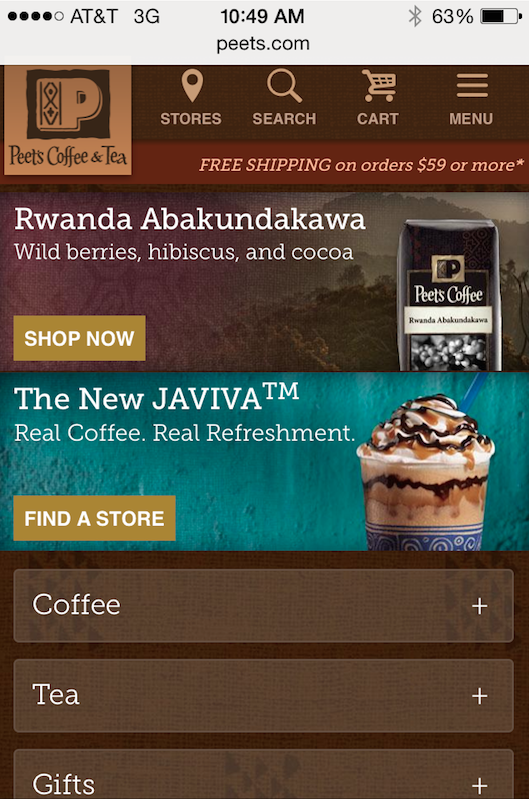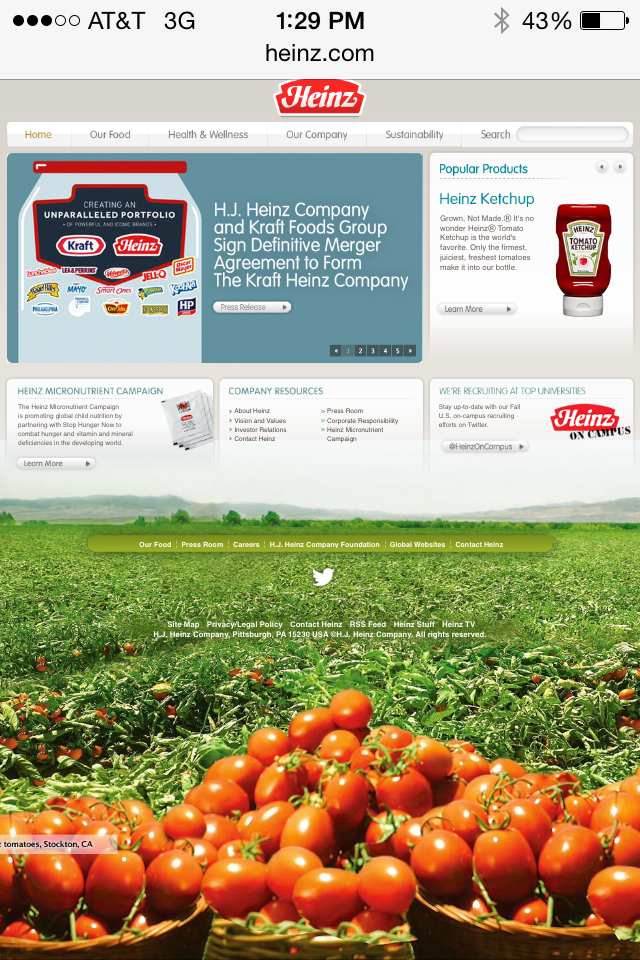When it comes to marketing across mobile, companies range in success. From poorly optimized web pages on mobile, to sites that take too long to load, some companies undoubtably struggle when shifting from brick-and-mortars or website to mobile devices.
However, some companies are leading the forefront of omnichannel efforts through their Smartphone applications. Through convenient apps that personalize shopping experiences, today’s strongest marketers are providing an enjoyable mobile shopping experience for customers.
We have evaluated today’s best Smartphone apps from some of today’s top marketers. Read on to learn who we’ve deemed Good, Better and Best in omnichannel marketing.
Good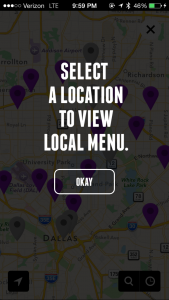
Taco Bell: the right idea with questionable execution
Taco Bell is legendary – not just because of its cheap tacos, but because of its world renowned marketing, PR, and advertising strategies.
The most recent addition to Taco Bell’s marketing campaign is its highly publicized smartphone app. The app combines personalization and omnichannel marketing to make ordering a breeze for its patrons.
The app lets users find a Taco Bell closest to them with GPS. Users can order through the app – customizing any part of their meal, of course – and pick up their food in the store or drive-thru. Along with each menu item, a photo of the food is displayed. This gives users that added, necessary dimension to preview what they order before they actually receiving the item.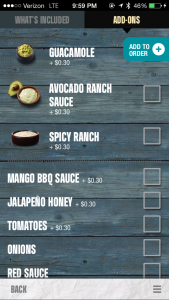
One of the strongest benefits of the app is that users can place and pick up a customized order on their own time at a location of their choosing. This makes the process convenient.
However, Taco Bell struggles with the “seamless” element of a truly omnichannel approach. When I used the app to order from my neighborhood Taco Bell, it took more than 10 minutes to receive the food I had ordered. At this rate, standing in line and placing my order “traditionally” would have been a faster option. An ideal Taco Bell app experience would eliminate unnecessary wait times.; otherwise, the Smartphone app loses its convenience and becomes pointless.
Better
Neiman Marcus: strong convergence of digital platforms
Neiman Marcus is not only a leader in luxury fashion, but in omnichannel marketing as well. Their new app Snap. Find. Shop. helps users find shoes and handbags with digital imagery. Users can take a photo of an item and use the app to find styles that are similar and available at Neiman Marcus. Photos can be taken of printed or “real-life” images. The app has been compared to a personal stylist, and shoppers love its convenience and efficiency.
Neiman Marcus is the first luxury retailer to use visual search technology. This new technology has helped the retailer drive traffic to physical store locations. The app is also particularly useful in ecommerce and mobile app purchases. When a shopper uses Snap. Find. Shop. on their mobile device, he or she can make their purchase in just a few more taps to their phone screen. These steps shave a significant amount of time off of the traditionally long shopping process. The efficiency that comes paired with Snap. Find. Shop. is memorable and groundbreaking.
Best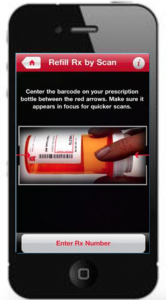
Walgreens: the unexpected winner of Smartphone apps
Walgreens is not the first company that comes to mind when thinking “omnichannel.” However, a look at their Smartphone app shows that Walgreens is a pro at utilizing multiple platforms seamlessly.
Several different functions in their app fuel a seamless mobile to brick-and-mortar experience. The app lets users refill prescriptions through their mobile, which is done by a quick scan of the prescription’s barcode. Shoppers can then run down to their nearest Walgreens to pick up their meds. App users can also set refill alerts to remind them to refill prescriptions if need be.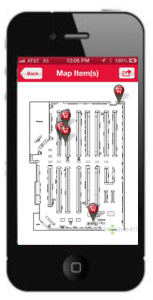
The Walgreens app also has a store locator, showing the user where they can find the nearest Walgreens. Once the customer is inside the store, he or she can use an item locator feature to find the exact location of a product. In the case that a customer does not want to walk about the store, he or she can opt for the web pickup or home delivery options.
With its variety of personalization elements and incorporation of multiple channels, Walgreens has one of the best apps for an omnichannel shopping experience. As consumers steadily depend more on mobile for making purchases, Walgreens is setting itself up for success.
Want to learn more?
Inspired by these innovative omnichannel pros? Learn how to go omnichannel over social media for even more great marketing ideas.



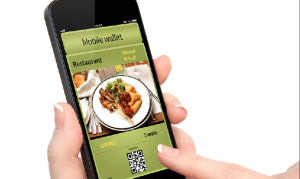





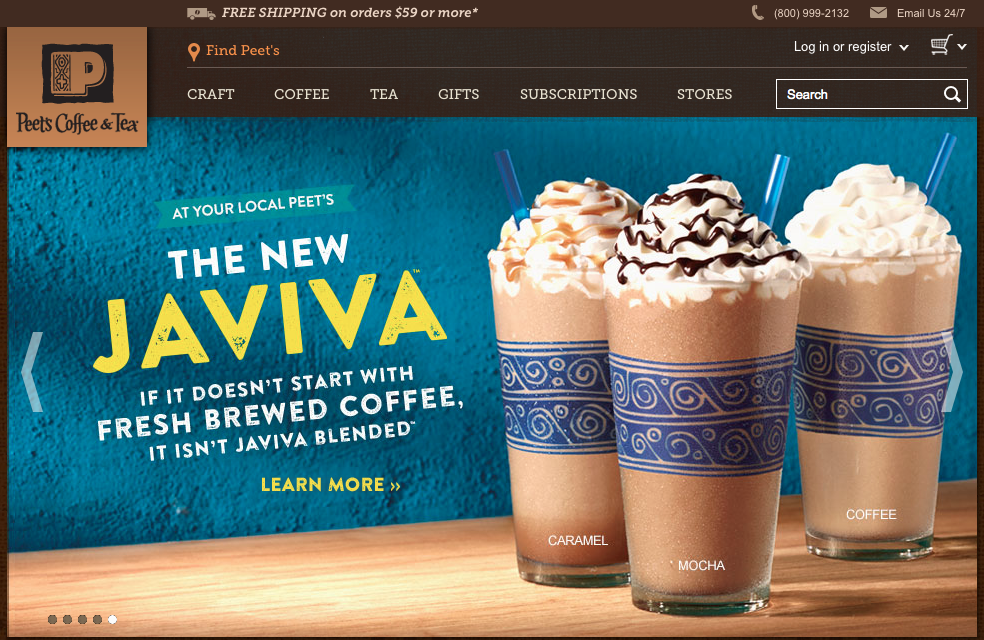 Mobile-specific: Mobile specific configuration can look significantly different from a website viewed on a computer. Oftentimes, these sites utilize less text, larger links, and resizing features to make the mobile commerce experience easy for users. Mobile-specific sites usually use “m” as their subdomain. For example, Peet’s Coffee and Tea
Mobile-specific: Mobile specific configuration can look significantly different from a website viewed on a computer. Oftentimes, these sites utilize less text, larger links, and resizing features to make the mobile commerce experience easy for users. Mobile-specific sites usually use “m” as their subdomain. For example, Peet’s Coffee and Tea